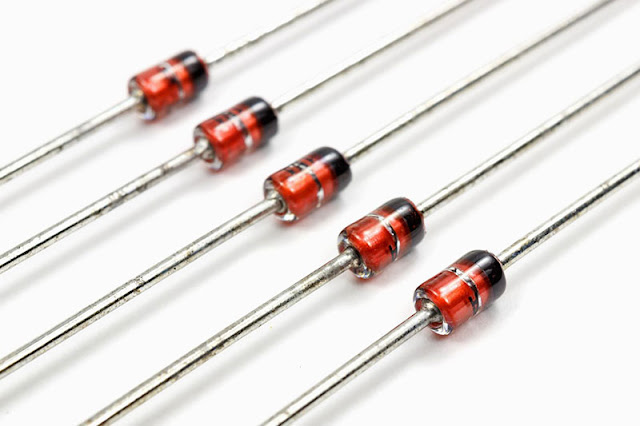What’s the LED Dimming Accomplished and How It's Work?

The light output of LEDs can be controlled by varying the amount of current flowing through the LED( within defined limits) or by turning the LED on and off via pulse width modulation( PWM). LED drivers like the ALD6 series can provide “ dimming ” by both of these popular methods. The drawing above shows the two light-dimming styles included in the ALD6 LED driver. It's permitted to use a combination of both of these methods simultaneously in Opto Electronics . The “ Rbr ” is an external variable 10kohm resistor input. By varying this potentiometer from 1k to 10k ohms, analog dimming control is achieved. In this case, the maximum LED brightness occurs when the pot is set to 10k ohms. This same input can operate with variable analog voltage ranging from1.6 to3.8- volts. In some applications this input can be connected to a temperature sensing device which could reduce the current inflow through the LEDs as the temperature rises, providing a means for temperature compensation. The ...


